Unique cadherin peptides enhance brain delivery of therapeutic molecules, antibodies
Therapeutic proteins have been used to successfully treat a variety of neurodegenerative diseases. Unfortunately delivery of such therapeutic proteins to the brain has been a challenging area of research for several decades. One of the reasons blunting the clinical success of therapeutic proteins in the brain is the inefficiency of proteins to cross the blood brain barrier (BBB). One way to circumvent the BBB is to directly deliver therapeutic proteins into the brain using invasive techniques such as intracerebral ventricular (ICV) delivery. Such methods are not the preferred means of standard delivery because of the potential increase in brain infection and inflammation due to exposure to the outside environment. As such, there is a need to develop methods to improve protein delivery into the brain in a noninvasive manner.
The present technology overcomes these limitations by using cadherin peptides to increase the porosity of the paracellular pathways reversibly and allow molecules to cross the BBB from the bloodstream into the brain. Accordingly, use of the novel cadherin peptides of the present technology not only improves delivery of therapeutic proteins to the brain but also allows for systemic parenteral delivery which is clinically the most convenient and widely used delivery route of pharmaceutical therapies.
The present technology targets therapeutic delivery via the paracellular pathway of the BBB instead of the more commonly targeted transcellular pathway. Modulation of the paracellular space of the BBB can enhance the passage of various therapeutics to the brain; however, such modulation must be highly regulated and reversible so as not to disrupt the protective nature of the BBB. The present technology modulates the paracellular space of the BBB in a controlled and selective way by inhibiting the cadherin-cadherin interactions that mediate cell-cell adhesion. Specifically, novel cadherin peptides, were designed to inhibit cadherin-cadherin interactions in a dynamic and equilibrium fashion to increase the porosity of the paracellular pathways reversibly and allow molecules to cross the BBB from the bloodstream into the brain. When cadherin peptides are administered with a therapeutic (e.g., a therapeutic molecules that previously could not be delivered to the brain), the cadherin peptides generate a “pore” in the BBB allowing for the therapeutic to pass through the pore, across the BBB, and into the brain before the pore collapses in a time-dependent manner.
A majority of current brain protein-delivery strategies aim to exploit the multiple endogenous physiological pathways by which macromolecules can be taken up into the brain by various receptors. Such strategies require therapeutic proteins to be fused to or chemically linked to ligands, binding domain of ligands, or to antibodies against brain receptors. Cadherin peptides of the present technology increase porosity of the BBB without requiring targeting of a therapeutic protein to a specific transport system to achieve brain accumulation. As such, these novel cadherin peptides can be administered with a variety of therapeutic proteins and are not necessarily required to be conjugated or linked to the therapeutic protein of interest to increase its brain accumulation.
